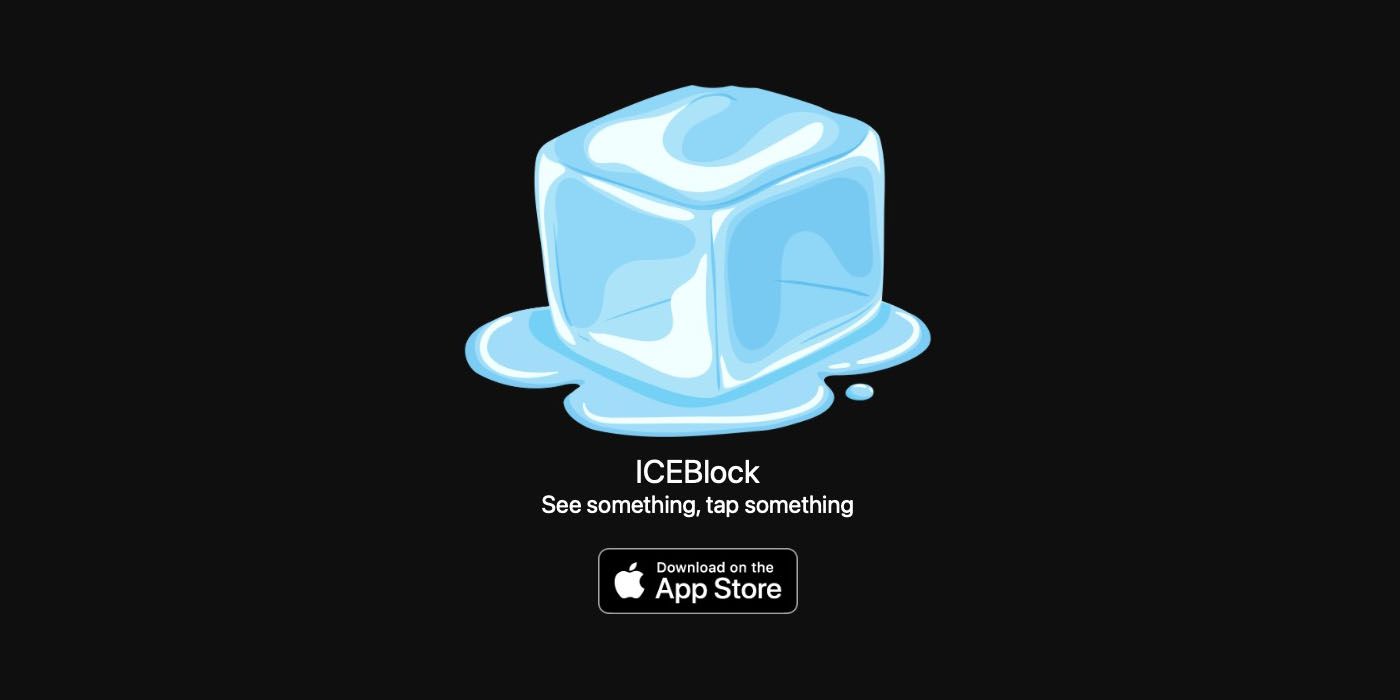In recent developments, the ICEBlock application has ascended to the pinnacle of the App Store’s social networking category, surpassing established platforms like X and Instagram. This surge in popularity follows pointed criticism from the White House, which has inadvertently amplified the app’s visibility and user base.
ICEBlock is a free iPhone application designed to alert users about nearby Immigration and Customs Enforcement (ICE) activity. The app enables individuals to report sightings of ICE agents by placing pins on a map and adding descriptive notes, such as the agents’ attire or vehicle details. Subsequently, users within a five-mile radius receive push notifications about these reports. This functionality aims to provide communities with timely information regarding ICE operations in their vicinity.
The app’s inception is rooted in the intensified immigration enforcement actions under President Donald Trump’s administration. While these operations ostensibly target undocumented immigrants, there have been multiple instances where legal residents and even U.S. citizens have been detained. Such incidents have led to heightened concerns and a desire for tools that offer real-time information about ICE activities.
Joshua Aaron, the developer behind ICEBlock, was motivated by these events to create a platform that empowers communities. In an interview with CNN, Aaron expressed his concerns, stating, When I saw what was happening in this country, I wanted to do something to fight back. He further drew parallels between current events and historical instances of authoritarianism, remarking, We’re literally watching history repeat itself.
The app’s user base experienced a significant boost following a CNN report that highlighted its features and purpose. However, it was the White House’s condemnation that catapulted ICEBlock into the national spotlight. President Trump and Department of Homeland Security Secretary Kristi Noem criticized the app, suggesting that it encourages individuals to evade law enforcement operations. Noem indicated that the administration is exploring legal avenues against the app, stating, We’re working with the Department of Justice to see if we can prosecute them for that because what they’re doing is actively encouraging people to avoid law enforcement operations.
This official denunciation has had the unintended effect of drawing more attention to ICEBlock. The phenomenon, often referred to as the Streisand Effect, occurs when attempts to suppress information result in increased public interest. As a result, ICEBlock’s downloads have skyrocketed, reflecting a growing demand for tools that provide transparency and information about immigration enforcement activities.
The app’s design emphasizes user privacy and community-driven reporting. Users can anonymously report ICE sightings, and the app does not collect personal data, ensuring that reports cannot be traced back to individuals. To prevent misuse, ICEBlock implements measures such as limiting users to one report every five minutes within their area and automatically deleting posts after four hours. The app’s slogan, See something, tap something, encapsulates its mission to inform without inciting confrontation.
Despite the controversy, Aaron remains steadfast in his belief that ICEBlock serves a crucial role. He emphasizes that the app is intended to inform, not obstruct, and aims to help people avoid potentially traumatic encounters with ICE agents. Aaron’s background, growing up in a Jewish household and learning about the Holocaust, has influenced his perspective on the importance of community protection and vigilance against authoritarian practices.
The app’s rapid ascent in popularity underscores a broader societal discourse on immigration enforcement and civil liberties. As debates continue, tools like ICEBlock highlight the intersection of technology, activism, and the ongoing struggle for transparency and human rights.


